Megger Cable/Sheath Fault Locators & Thumpers
Discover the best Megger cable sheath fault locators for precise detection. Enhance your troubleshooting skills—read the article for expert insights.
Find out more about Megger Cable/Sheath Fault Locators & Thumpers below.
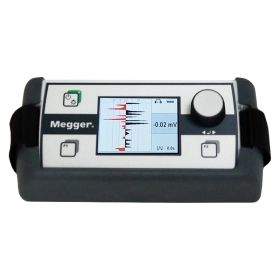
- Very easy operation
- Power frequency mode for pinpointing
- Automatic zero calibration, no adjustments necessary
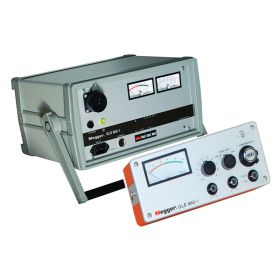
- Pulsed output current
- Live voltages up to 660 V
- Low-frequency signal
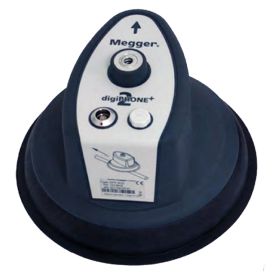
- Cable compass
- Fault arrow
- BNR - Background Noise Reduction
- APM - Automatic Proximity Mute
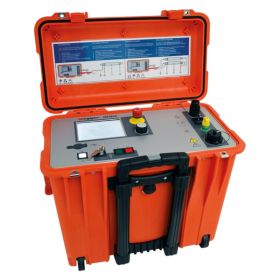
- Test voltage up to ±10 kV DC
- Easy Go test system
- Pre-locate and pinpoint any detected faults
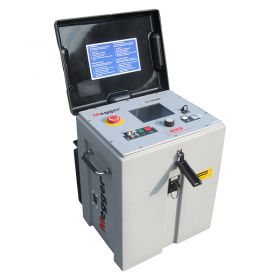
- 4kV DC output
- Cable fault location
- Comes with 15ft test lead
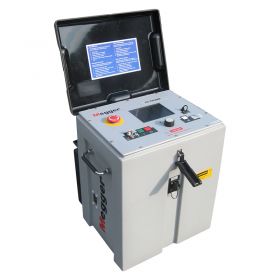
- DC testing to 12kV
- Automated fault location
- Wide range of advanced features
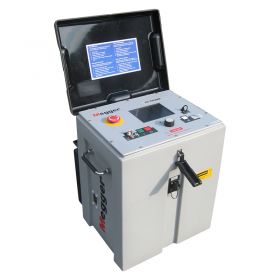
- DC testing to 4kV
- Portable design
- Includes 50ft test lead
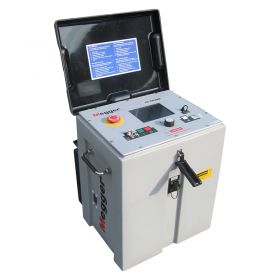
- 12kV DC output
- 50ft lead included
- Portable design
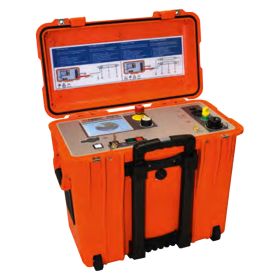
- Perform sheath testing
- Reduce downtime
- Standard and high-accuracy modes
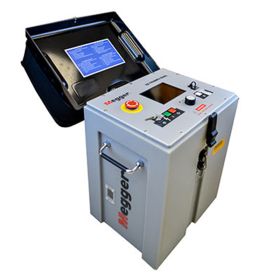
- Choice of cable length
- ARM pre-location with Multishot Technology
- 7” HiBrite colour display optimised for outdoor visibility
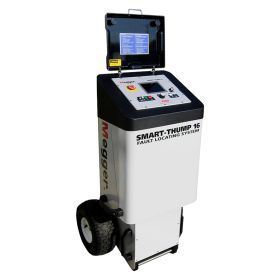
- Delivers 1500 J at 8/16 kV
- E-Tray technology
- ARC reflection MV cable pre-location
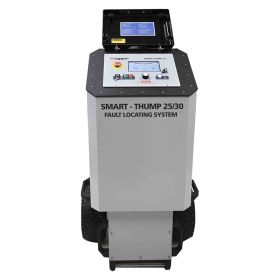
- Delivers 1600 J at 12.5/25 kV
- E-Tray technology
- ARC reflection MV cable pre-location
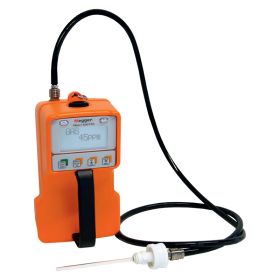
- No supply interruption
- Fast and easy location of faults
- Reliable avoidance of incorrect excavations
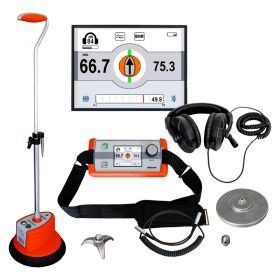
- Receiver, transmitter and headset included
- Automatic noise filtering
- Accurate pinpointing with compass indicator
What are Megger Cable/Sheath Fault Locators & Thumpers?
Megger offers a range of instruments designed to detect and locate faults in underground power cables. These tools are essential for utility companies and maintenance teams to identify issues like short circuits, open circuits, and insulation breakdowns without extensive excavation.
What Do Megger Fault Locators & Thumpers Measure?
These devices detect various types of cable faults, including:
- Short circuits: Where conductors unintentionally connect.
- Open circuits: Breaks in the conductor path.
- Insulation faults: Degradation or damage to insulating materials.
- Sheath faults: Breaches in the protective outer layer of cables.
They assess several parameters to locate these faults:
- Time Domain Reflectometry (TDR): Measures reflections to identify the distance to a fault.
- Arc Reflection Method (ARM): Detects high-resistance faults by observing changes during an arc event.
- Insulation Resistance: Evaluates the integrity of cable insulation.
- Sheath Testing: Identifies breaches in the cable's protective outer layer.
- Surge Energy (Thumping): Applies high-energy pulses to produce audible and electromagnetic signals at the fault location.
How Do Megger Fault Locators & Thumpers Work?
These devices operate through a sequence of tests:
- Pre-location: Using TDR or ARM to estimate the distance to the fault.
- Pinpointing: Employing surge generators (thumpers) to create detectable signals at the fault site.
- Verification: Confirming the fault location with acoustic or electromagnetic detectors.
Advanced models like the Smart Thump ST25-30 feature automated test sequences and intuitive interfaces, reducing the need for extensive training.
Applications of Megger Fault Locators & Thumpers
Megger's fault location equipment is utilised in various sectors:
- Utility Companies: Maintaining and repairing power distribution networks.
- Industrial Facilities: Ensuring the reliability of internal power systems.
- Municipal Services: Managing street lighting and public infrastructure.
- Transportation Hubs: Maintaining electrical systems in airports and railways.
By enabling accurate fault detection, Megger's equipment helps minimise downtime and repair costs.


